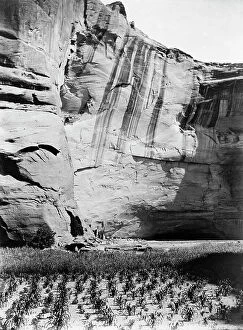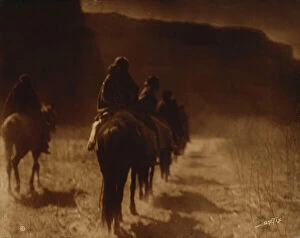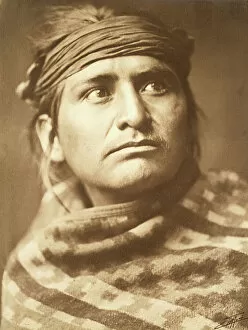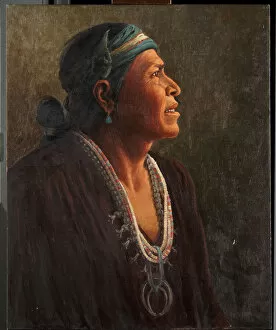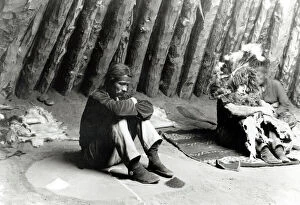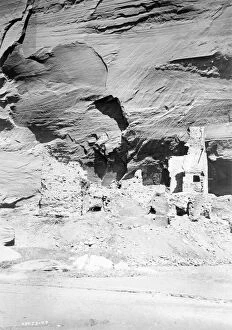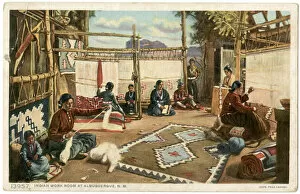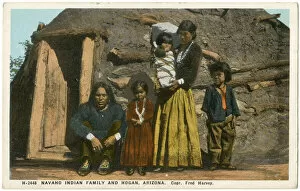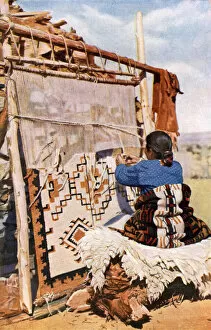Navaho Collection (#2)
"Preserving Navajo Culture: A Glimpse into the Rich Heritage" Immerse yourself in the captivating world of Navajo culture
For sale as Licensed Images
Choose your image, Select your licence and Download the media
"Preserving Navajo Culture: A Glimpse into the Rich Heritage" Immerse yourself in the captivating world of Navajo culture, where ancient traditions and artistic expressions have been meticulously preserved over time. The intricate beauty of Navajo sand paintings adorns tiles, serving as a testament to their enduring significance. Step into the El Navajo Hotel in Gallup, New Mexico, USA, and be transported to a place where Native American blankets weave stories of resilience and heritage. In Nesjaja Hatali - Navaho 1904 (photo), we catch a glimpse of the wise Hastobiga, a revered Navajo Medicine Man whose knowledge is passed down through generations. The Vanishing Race captures an evocative moment frozen in time; it is a toned platinum print on heavy paper that speaks volumes about the challenges faced by the Navajo people. Chief of the Desert stands tall in another photograph from 1904, showcasing his leadership and strength within his community. Ta-otza-begay or Meguelito mesmerizes us with his presence as depicted in oil on canvas mounted on panel – an artwork that pays homage to this esteemed Medicine Man. The Patient on the Sand Painting transports us back to c. 1906 through its black-and-white photo capturing healing rituals performed upon these sacred artworks. Antelope Ruin takes us deep into Canon de Muerto, Arizona c. 1907 – monochromatic photographs revealing remnants of ancestral dwellings that whisper tales from centuries past. As we delve further into history with The White Singer captured around 1906, we witness how music has always played an integral role within this vibrant culture. Antelope Ruin once again beckons our attention towards Canon del Muerto, Arizona c. 1907 – reminding us of its archaeological significance alongside stunning visuals (see also 129711). These glimpses into Navajo artistry serve as windows connecting us to their profound spirituality, resilience, and deep-rooted traditions.





